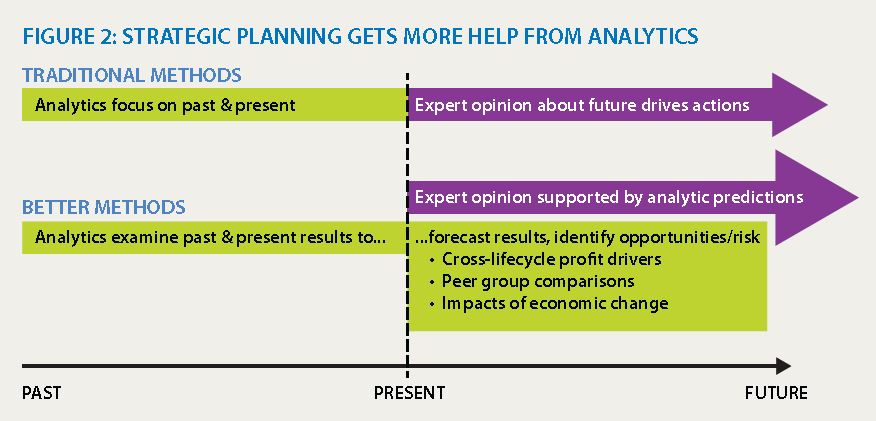Analytics Must Work Harder in Strategic Planning
Until someone devises a crystal ball for a lending portfolio’s profitability, strategic planners will increasingly turn to analytics. Many banks have already gone well beyond the t…

Until someone devises a crystal ball for a lending portfolio’s profitability, strategic planners will increasingly turn to analytics. Many banks have already gone well beyond the traditional use of business intelligence (BI) to analyze their past and current financial performance. They’re using forecasting models to predict how their profit and loss (P&L) statement will look 12 or 24 months out.
While useful, these forecasts are limited. They often lack sufficient granularity to identify the most powerful drivers behind P&L components and to accurately quantify the impacts of making changes to them.
Moreover, analytics rarely look across departments to reveal how these drivers interact. It can be hard to say definitively which actions to take in which combination and sequence to improve profitability forecasts.
In our experience, analytics can work harder for strategic planners, providing the clarity needed to avoid missteps or delays in approvals and execution. What we see as a new baseline for analytics in strategic planning is depicted below. It also shows directionally where we think the process is heading, toward even more analytic insight.
As I mentioned in my prior post, we’ve just published an Insights white paper on this subject: “How Two Banks Dodged Profit Perils.” As the title implies, the paper highlights two in-depth case studies, each representing a typical profitability challenge and offering useful lessons learned. In the first, a fast-growing bank sharpens its strategic vision to recognize and avoid a "profit cliff." In the second, a bank with a recently acquired portfolio must quickly counter performance trends that could reduce ROI on this asset.
Popular Posts

Business and IT Alignment is Critical to Your AI Success
These are the five pillars that can unite business and IT goals and convert artificial intelligence into measurable value — fast
Read more
It’s 2021. Do You Know What Your AI Is Doing?
New "State of Responsible AI" report from Corinium and FICO finds that most companies don’t—and are deploying artificial intelligence at significant risk
Read more
FICO® Score 10T Decisively Beats VantageScore 4.0 on Predictability
An analysis by FICO data scientists has found that FICO Score 10T significantly outperforms VantageScore 4.0 in mortgage origination predictive power.
Read moreTake the next step
Connect with FICO for answers to all your product and solution questions. Interested in becoming a business partner? Contact us to learn more. We look forward to hearing from you.

